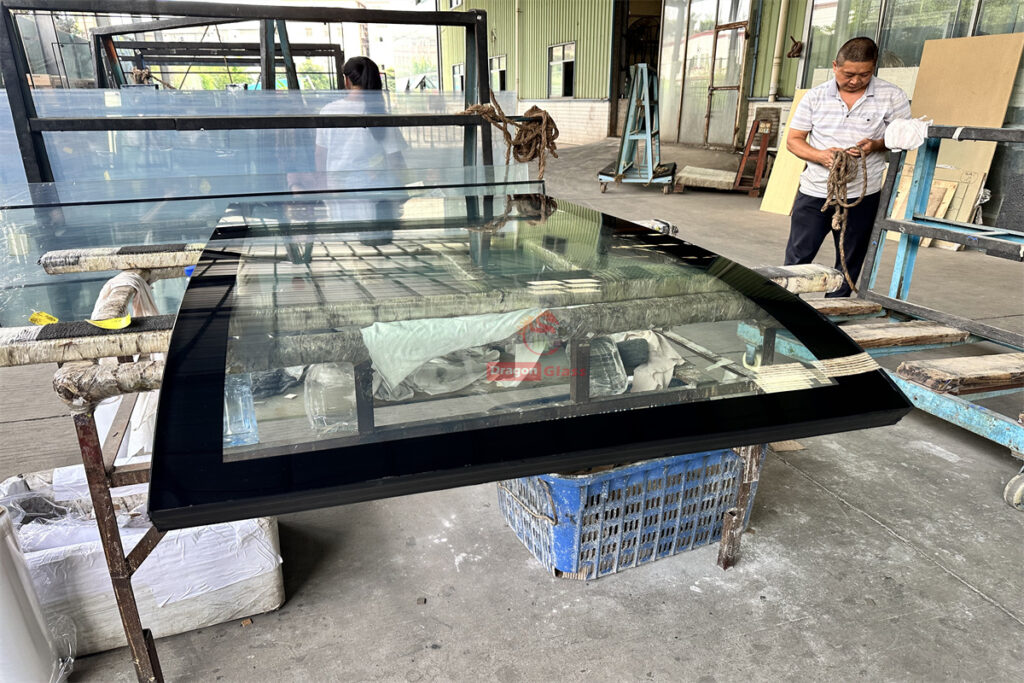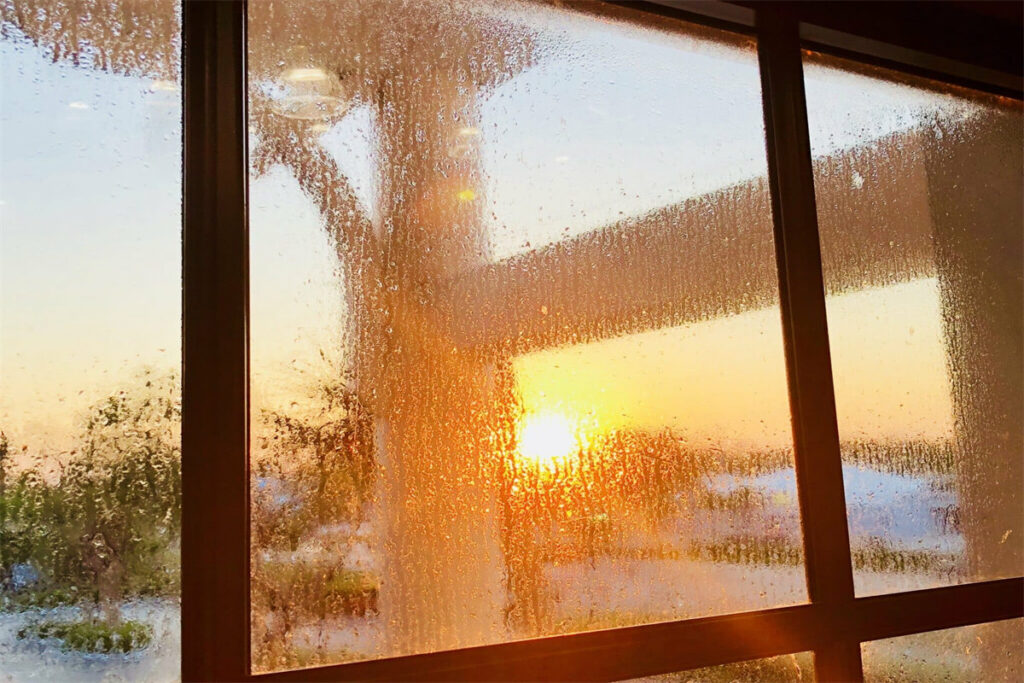
Brief information for insulated glass windows
Dragon Glass, a professional insulated glass supplier since 1994, said that the original intention of designing insulated glass windows is to prevent condensation or frost on window glass, which could affect lighting and visibility, as it possesses excellent thermal insulation performance. For typical glass buildings, doors and windows account for over 20% of the total building area, glass comprises over 70%, and the heat consumption generated by doors and windows contributes to more than 50% of the entire building. Therefore, improving the thermal insulation and durability of insulated glass is of significant importance to the energy-saving industry in glass construction.
Insulating glass pane for window & door systems is composed of spacer bars, desiccants, sealants (or composite materials), and ordinary glass, such as tempered glass, laminated glass, decorative glass, etc. These materials constitute the edge-sealing system. The service life of IGU glass is directly related to the quality and manufacturing process of the edge-sealing system, and it is also influenced by installation conditions, application environment, and other factors.
After 2 years, the failure rate of IGU glass is around 5%, with the majority attributed to the increase in dew point, causing condensation. Spontaneous breakage of tempered glass accounts for only 30%, while other reasons make up 5%. Therefore, internal condensation within the insulated glass is the most significant cause of its failure.

IGU glass, whose dew point is less than -40°C. The normal operating temperature for windows is not expected to be below -40°C, so why does dew form on the insulating glass unit?
Water molecules penetrate the Insulating Glass (IGU) without being absorbed by the desiccant.
Why the increase in dew point- details?
1- Poor cleaned IGU glass during the processing.
Therefore, with the presence of water vapor and water droplets, the adhesive force of the sealant on the glass will be significantly weakened. This results in a poorer sealing effect of the insulating glass, and substantial air leakage at the edge of the insulating glass, increasing the likelihood of external moisture entering.

2- The effective adsorption capacity of the desiccant is too low.
The requirements for the desiccant include not only absorbing the water vapor inside the insulated glass windows but also continuously absorbing the water vapor diffused into the air through the adhesive layer to maintain the required dew point consistently. If poor-quality desiccants are used, their performance will be affected. Desiccants with poor water absorption capability quickly reach saturation within a short period, making it challenging to effectively adsorb water molecules diffusing into the air layer, leading to the accumulation of water molecules in the air. The dew point of the insulating IGU glass increases as a result.
3- Insufficient amount of desiccant.
The amount of filled desiccant should not be less than 70% of the length of the aluminum spacer. Some manufacturers, to cut costs or due to improper worker handling, fill less than 70%, often exceeding the remaining adsorption capacity of the molecular sieve in the air layer of the insulating glass. This significantly increases the likelihood of condensation occurring in the insulating glass.
4- Excessive sealing time after filling the desiccant in the insulating glass.
IGU glass unit processing involves cutting and assembling aluminum spacers, filling desiccant, coating primary products, and then sealing them into the IGU glass system. There is a time gap between these steps. At this point, the molecular sieve has already absorbed a significant amount of moisture from the air, resulting in insufficient remaining adsorption capacity and thereby increasing the likelihood of condensation in the insulating glass.
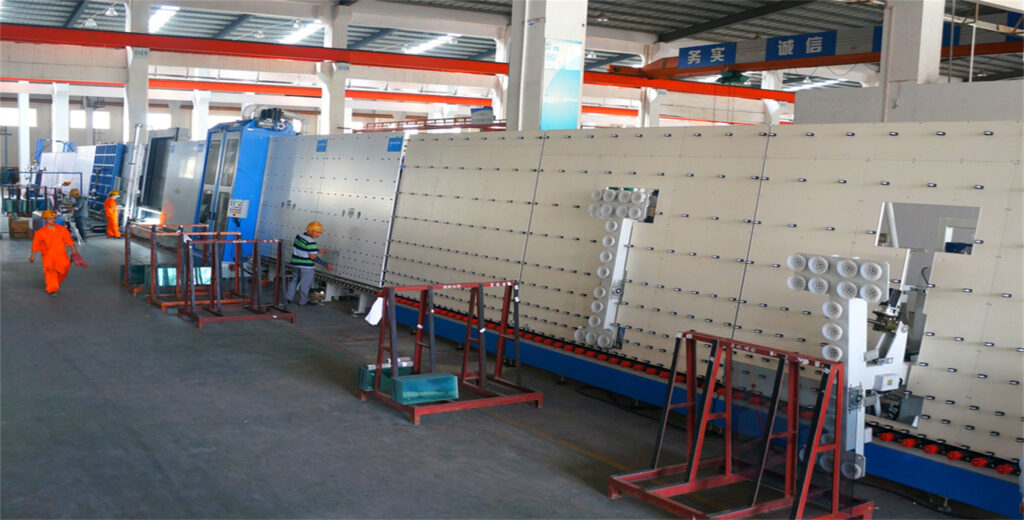

5- The absorption pores of the aluminum spacer are too small.
Even if the molecular sieve is filled in sufficient quantity, spacers with small absorption pores cannot quickly absorb the water vapor in the insulating glass, leading to an increase in dew point.
6- Poor quality of the second sealing adhesive
The secondary sealing adhesive for insulating glass unit is crucial for preventing condensation. The two sealants (primary and secondary) should be compatible and should not mix or react. Otherwise, it can lead to edge sealing failure and the entry of water vapor. The quality of the second sealing adhesive is unstable, with a low molecular weight. Under exposure to ultraviolet rays from the sun, it can migrate and volatilize into the insulating glass. Apart from the impact of UV rays, moisture and humidity in the environment can also accelerate the aging of the sealing adhesive. This accelerates the rate at which water vapor enters the air space.
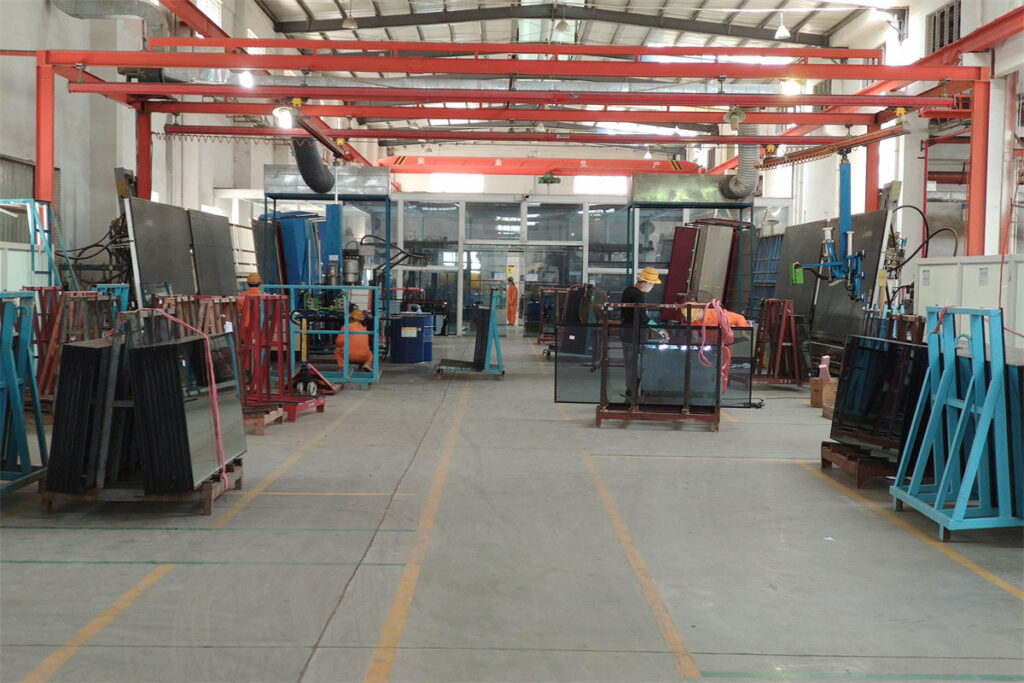
7- Poor sealing process of insulating glass.
During the sealing process, issues such as leakage, damage, and neglect of sealing often occur. Additionally, improper mixing of the components of the two adhesives can result in gaps in the sealing adhesive, leading to air leakage.
8- Insufficient depth of the secondary sealing adhesive.
For insulating glass sealing adhesive, the main factors affecting the diffusion of water molecules are the water permeability index, the thickness of the sealing adhesive, and the vapor pressure difference between the inside and outside of the air. A thinner sealing adhesive thickness will contribute to water penetration.
9- Storage of desiccants.
Products that have been opened and not used promptly, not sealed in a timely manner, or inadequately sealed after opening the molecular sieve can allow external air to enter. Some molecular sieves lose effectiveness after absorbing moisture from the air, greatly increasing the likelihood of condensation.
10- Compatibility testing.
During the assembly of insulating glass, compatibility tests should be conducted to choose sealing materials that are compatible with the insulating glass sealing adhesive.

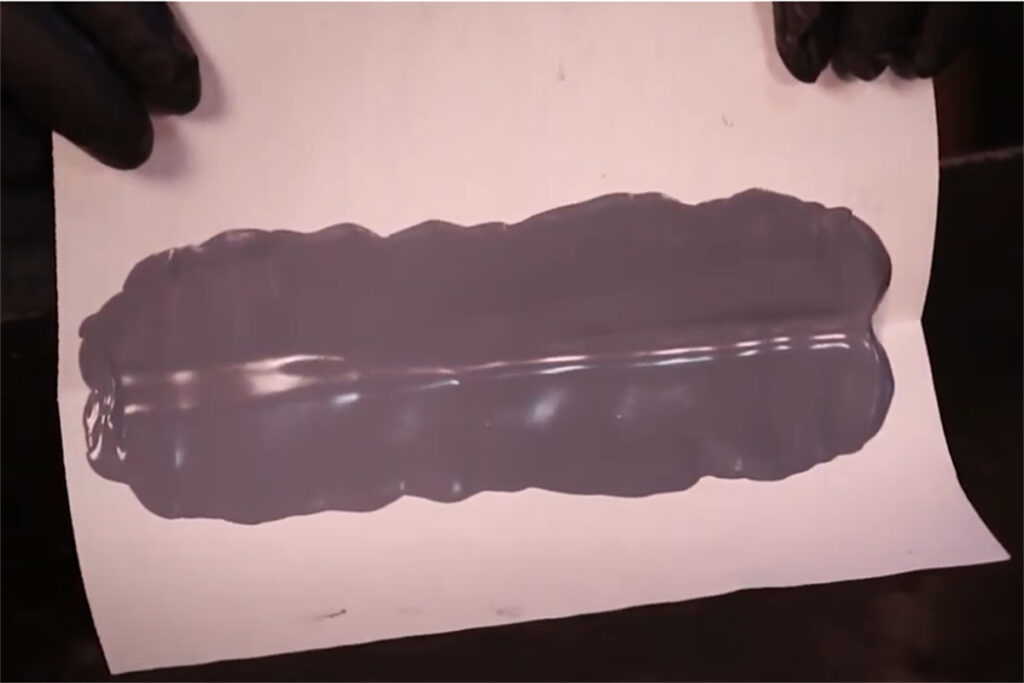
Here’s how to prevent condensation in insulating glass
- Desiccant:
- Seal opened molecular sieves promptly if not used immediately.
- Use 3A desiccant that complies with standards.
- Ensure that the filled desiccant occupies at least 70% of the total length of the aluminum spacer.
- Complete the sealing of the IGU within 45 minutes after filling the desiccant.
- Aluminum Spacer:
- Ensure that aluminum spacers meet Chinese or international standards and have reasonable permeable holes.
- Glass panel:
- Carefully inspect the quality of the glass before assembling the insulating glass to prevent the presence of liquid water and other impurities.
- Second Sealing Adhesive:
- Ensure that the thickness of the second sealing adhesive meets standards (at least 8mm for doors and windows, similar to the spacer thickness for curtain walls).
- Conduct compatibility tests during the assembly of insulating glass to select sealing materials compatible with the insulating glass sealing adhesive.
- Consider using a vertical sealing process for insulating glass.


